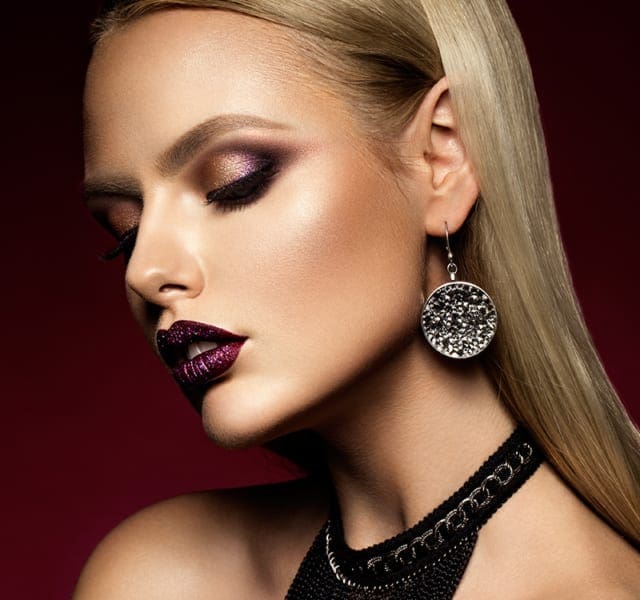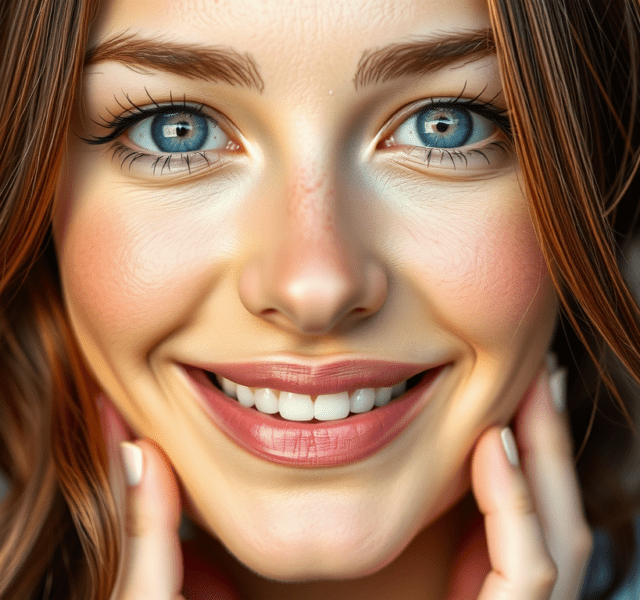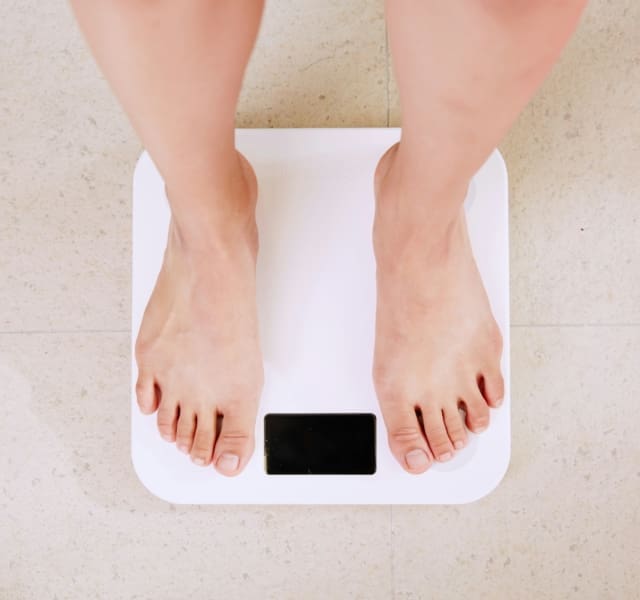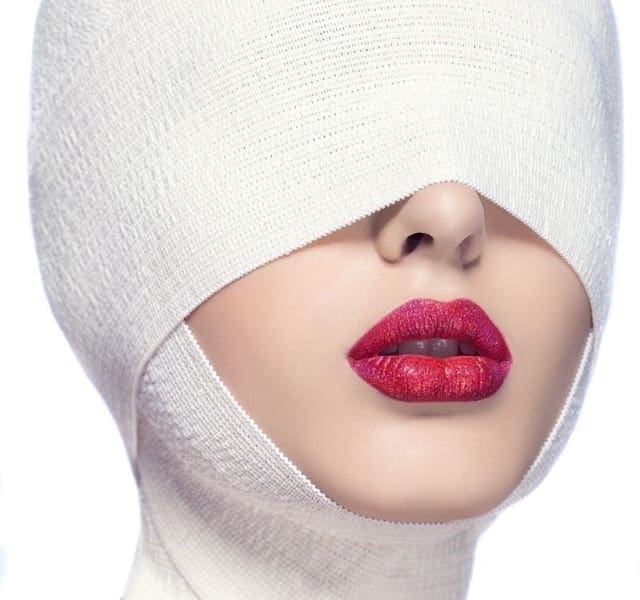Condition
Acne Scar Treatments London.
ACNE SCAR TREATMENT LONDON
Acne scarring is one of the most common procedure we perform at London Lip Clinic. Most patients who come to see us with acne will have multiple scar types and may have visited a dermatologist previously. These acne scars including box car scars, ice pick scars, and rolling scars. Each subtype of acne scarring will have an optimal treatment. Not all scars respond to one treatment. Some acne scars such as ice pick scars respond nicely to TCA Cross, whilst scars such as rolling acne scars respond to micro needling. An individually based method of acne scar treatments will give the best overall outcome. At London Lip Clinic every patient is assessed by dermatologist or practitioner for the scar type, their skin type and downtime that is needed. Most patients will have mixed scars, namely rolling scars, box scars, ice-pick and anchored scars. This means that multiple modalities are required. We will formulate a treatment plan over a period of 4-8 months to achieve the best and desired result.
Patients must have realistic expectations for acne treatment. In some acne scar patients suffering with acne scars 90-95% improvement is possible, however in difficult cases, only 30% improvement can be met. A lot of patients we see have tried different treatments elsewhere before. This may be at their GP, beauty therapist or other clinics. Acne scar treatment is like having dental work done. You will require many visits and you have to be committed and patient to see the results. We employ many techniques to see how your scars responds. At the end of the acne scar treatment, individual scars can be targeted to get the best outcomes. The aim of our treatment is to improve the acne scar.
Acne scars, no matter how old or severe can be improved. Two factors determine the ideal type of treatment- skin type & acne acne scar type. Each acne scar patient will receive a minimum percentage of improvement with an individually prescribed program
Techniques used at our clinic involve minimum down time such as TCA Cross, chemical peels, Micro needling and dermal fillers to treat your scars. Each type of acne scar will be given an optimal treatment. Matching scar types and skin types to acne scar treatment procedures is the key to success. On average, 70-80% of acne scars can be improved with our prescribed skincare and treatment programme. Each program can take between 2-14 months to complete, depending on the severity of acne scars and your skin type.
What’s Acne Scarring?
Those deep pits or rolling texture on your face and body, as well as raised hypertrophic or keloid scars, can all be classified as acne scars.
Acne is the cause of your scars. However, if you pick or squeeze your acne or have cystic acne, you’re more likely to develop scarring.
You might also notice dark patches of skin surrounding the indentation or raised areas. This is called post-inflammatory hyperpigmentation and is another skin concern caused by acne.
Types of Acne Scars
When you think of “acne scarring”, you may immediately think of deep pitted atrophic scars. But even within this category, there are 3 different types of scars.
Atrophic Acne Scar Types
Atrophic (or indented) scars are the most common type of acne scarring. You may have just a few of one of the following types or many different types.
Ice-pick scars are wider at the top and narrow to a point in the skin.
acne scars cause
Box-car scars are similar, except they have a flat bottom and defined flat slides.
how acne scars form
Rolling scars don’t show distinct cavities but give your skin a wave-like texture.
can acne scars be removed
Hypertrophic Acne Scar Types
Acne can also lead to raised scars, just like any other trauma. There are 2 types of hypertrophic acne scars.
Hypertrophic scars are raised but still contained within the wound site.
Keloid scars are similar, but the scar tissue continues to grow beyond the original site.
ACNE SCARRING & MICRO NEEDLING
Dermapen micro-needling is an advanced nonsurgical cosmetic procedure used to treat a wide variety of skin concerns including reducing the appearance of wrinkles, smokers’ lines, large pores, acne and burn scars by resurface. It can also be used for regulating skin pigmentation and treating sun damage.
It is thought that needles break collagen bundles in the superficial layer of the dermis that are responsible for scars with subsequent induction of more collagen immediately under the epidermis. It is currently used in the cosmetic art to treat several skin conditions, such as pigmentary disorders, wrinkles, post-acne atrophic scars, burn-related scars, and big pores and is also a part of percutaneous collagen induction (PCI) therapy.
ACNE SCAR & SKIN PEELS
ACNE SCARRING & TCA CROSS
TCA CROSS is the chemical reconstruction of skin scars (CROSS) using trichloroacetic acid (TCA). It is most often used as an outpatient clinic procedure to treat atrophic acne scars. It’s safe and efficient, but is not always effective.
The TCA CROSS procedure involves depositing small amounts of TCA at high concentration (70–100%) onto the surface of the atrophic scar. This causes a local inflammatory reaction leading to the formation of new collagen fibres. The aim is to improve the appearance of the scar by increasing collagen reflectance and reducing shadows cast over scar depressions. Complete resolution is unlikely to be achieved with this treatment method alone.
We perform this procedure for the treatment of enlarged pores, and deep ice-pick acne scars. TCA CROSS can also treat other forms of scarring including linear scars as well as shallow box-car scars. This treatment can be used on all skin types including ethnic and Asian skin. 2-4 treatments spaced 6-8 weeks apart are needed for optimal outcomes.
TCA breaks down the scar and denatures collagen, stimulating new collagen to ‘fill in’ the scar. The deep the scar the better it works. Collagen stimulation takes at least 3-4 weeks to form, and is maximal at 3-4 months, hence why we advise at least 6-8 weeks between TCA CROSS treatments.
TCA CROSS is useful in the following types of atrophic scar:
Boxcar acne scars
Pitted acne scar
Open Pores
Rolling acne scars
Ice-pick acne scars
BEFORE THE TCA CROSS ACNE SCARRING PROCEDURE
Please wear sunscreen every day, acne treatment may be cancelled if there is marked tanning or sunburn. Darker skin may benefit from using a bleaching cream nightly for 2 weeks before the procedure. If you have had cold sores, please tell me as preventive treatment may be required, starting the night before. A prescribed anaesthetic cream is sometimes used, please discuss with me. If so, apply to clean, dry skin every 15 minutes, starting 2 hours beforehand and extending 1cm outside the area to be treated.
DURING THE TCA CROSS ACNE SCARRING PROCEDURE
TCA CROSS is technically straightforward to perform and can be undertaken in a matter of minutes, depending on the number of scars to be treated. It is generally repeated on several occasions at 2 to 4-week intervals.
The patient should be in a comfortable semi-recumbent position and remain still during the procedure. The skin is cleansed with chlorhexidine/saline-soaked gauze. A fine blunt end-point instrument (such as a tooth-pick) is dipped into TCA and the excess is removed. TCA is focally applied to the base of the atrophic scar. The instrument is removed at the start of frosting of the skin surface (usually within 10 seconds). The procedure is repeated for appropriate remaining scars. The skin is intermittently cleansed using saline/chlorhexidine soaked gauze. Antibiotic ointment or Vaseline is applied.
The sequence of healing after TCA cross is:
- frosting which last 30 minutes.
- redness which lasts 1 or 2 days
- scabs which last 3 to 7 days
- redness after the scabs separate which lasts 7 to 28 days
- final healing
AFTER TCA CROSS ACNE SCARRING PROCEDURE
The patient should be advised:
- Frosting of the scar surface will last up to 12 hours
- The skin around the treated sites will be red and sore for 24 to 48 hours
- After 2 to 3 days a small scab will develop, which falls off after 3 to 7 days
- He or she may wash as normal and may apply make-up if desired
- Sunscreen is recommended to reduce the chance of pigmentation.
Most patients require 3 to 6 treatments with TCA CROSS for optimum improvement. Treatments may be repeated at 2 to 8 week intervals over 6 months.
The white frost lasts up to 12 hours and is followed by 1-2 days of redness and soreness. After 2-3 days, a small scab develops and should be allowed to fall off by itself after 3-7 days WITHOUT PICKING. Subsequent redness takes up to a few weeks to settle. Darker skin often develops brown discolouration which may take several weeks to months to resolve and is treated with sun avoidance, sunblock and bleaching cream.
Cleanse your skin 2 x daily (Aveeno or any other cleanser ), gently pat dry and apply antibiotic ointment or Vaseline until the scabs come off. After this, sunscreen must be applied daily throughout the course of treatment and for 3 months afterwards to prevent pigmentation. Darker skin should have bleaching cream applied nightly.
Treatments are repeated every 4-8 weeks. Usually, 2-3 treatments are needed but 1-2 extra treatments are needed in darker skin as lower strength TCA is used. Improvement is a gradual process due to the body’s formation of collagen over the three months following the last treatment.
Complications of TCA CROSS
TCA CROSS is generally well tolerated. Complications are rare when treatment is undertaken by an expert. They may include:
Prolonged local irritation and erythema
Damage to mucosal surfaces, ie lip, nostril, conjunctiva or cornea (eye) leading to painful ulceration and potential scarring, if TCA is inadvertently deposited on these sites
Post-inflammatory hyperpigmentation (usually transient) or hypopigmentation (this may be permanent)
Coalescence of adjacent scars to form larger scars
Sub-optimal response or lack of improvement in scarring.
ACNE SCAR & DERMAL FILLERS
Dermal filler treatment is an excellent choice for atrophic and depressed acne scars. The advantage of fillers in treating acne scar treatments is that results are instant with downtime zero. Patients can require anything from 1 to 4 treatments for best results. The improvements can be anything from 50 to 100%. It all depends on the acne scar type, location and skin type, depth of the scar and whether depressed scars are tethered to underlying structures.
During the process of filling the acne scar with dermal filler, i usually first start with subcision. This helps free the scar from fibres/bonds that hold the scars and also stimulates the new collagen induction process. I usually use hyaluronic based dermal fillers with itself stimulate collagen. The final results are instant and long lasting.
Before dermal filler acne scarring treatment:
During the dermal filler acne scarring treatment:
After determining which scars will be treated, we will clean the affected skin area with alcohol before injecting a very fine needle into the area with the chosen dermal filler. A popular range of fillers from Allergan including the VYCROSS range are longer-lasting fillers. Juvederm dermal fillers are based on formulation of hyaluronic acid. This substance occurs naturally in the skin, where its role is to retain water for moisture and plumpness. Injected into the skin, hyaluronic acid fillers can be used to smooth out imperfections.
After the dermal filler acne scarring treatment:
Stay out of the sun (and the tanning salon) for the first week after treatment. We do not recommend visiting the sauna, jacuzzi, massage etc in this period either. We would like to welcome you back for the check-up appointment to go over the results after three weeks.
What is the best acne scar treatment?
TCA Cross treatment
Dermapen Treatment
Fractional RF Microneedling
Chemical peels
Dermal Fillers Treatment
How effective is acne scar treatment?
Microneedling – DERMAPEN
This is by far the most popular treatment used to treat acne scars. It is effective but only mildly so. Treatments are multiple in nature and do go some way to produce new collagen and remodel collagen in sunken acne scars. One of the reasons why this treatment is popular is because the recovery time is quick. Usually, the patient can go to work the next day with only some mild redness as a consequence. The redness usually will last a maximum of 2 days. Even though tangible benefits are only very mild in each treatment the trade-off is quick recovery. it is a good way of improving one’s acne scarring without having to take time off work. There are multiple devices. Dermapen is an electronic needle stamping device in which needles can be repeatedly stamped to a controlled depth (eg 1.5mm) at a speed of 100 times per second!. Often local anaesthetic cream is used prior to the procedure as it is uncomfortable despite a quick recovery.
Chemical Peels – THE PERFECT PEEL
This is also a proven technique in the treatment of acne scars. A caustic agent such as Trichloracetic Acid (TCA) is applied to the skin and causes the outer layers of skin to be removed by a process of controlled chemical burn. This helps acne scarring in two ways. There is an element of surface remodelling through regrowth of a new superficial dermal and epidermal layer. The inflammatory process causes an increase in the production of new collagen as part of the healing process. By the nature of chemical peels, this remodelling and collagen formation is limited to the upper layers of the skin.
The downside is that recovery time is in the region of 7-9 days. As a result, more technically advanced treatment providers are offering fractional laser resurfacing as the benefits are greater for a similar amount of downtime. Therefore chemical peels although effective are seen as somewhat old-fashioned.
Radiofrequency Microneedling – Fractional RF Microneedling
This is a type of microneedling that combines radiofrequency energy via the needles. The idea behind this concept is that with the thermal energy created by radiofrequency greater collagen stimulation is created than needling alone.
Before & After Acne Scar Treatment
All treatment images are online on our gallery page.
How does acne scar treatment feel?
Each acne scar treatment can feel very different. Depending on weather you are treating with chemical peels, Dermapen etc etc
Can I do acne scar treatment when I still have acne?
It’s best to wait until all active acne is subsided.
Pricing (for each treatment)
The cost of your acne scar treatment will depend on several different factors, such as the clinic you choose and the type of therapy your dermatologist recommends. You will usually need to visit a private clinic for acne scar treatment in the UK as it is considered a cosmetic procedure.
About acne scars
Why is my acne scarring?
Acne scars are the result of inflammation of acne blemishes. The acne pore swells and a breakdown occurs in the wall of the pore
Is acne scarring permanent?
Acne scars are usually permanent, so it is important to see a dermatologist if you are developing them.
How long does it take to heal acne scars?
It usually takes 3-6 months for the marks to disappear. However, if you have a scar, you’re dealing with permanent skin damage that needs treatment in order to disappear.
How do you prevent acne scarring?
- Never squeeze or pick at spots. …
- Make sure you’re using the correct treatments for your acne. …
- Establish a daily skincare routine. …
- Avoid scrubbing your face or using harsh skincare products. …
- Wear sun lotion to protect scars as they are healing.
What home remedies help acne scars?
Many people use natural remedies to help clear up acne scars, but the science behind them is unclear. Some may cause further irritation or other problems so people should use them with caution.
Home remedies that people have traditionally used to treat acne scars include:
- coconut oil
- shea butter
- aloe vera gel
- raw honey
- baking soda
- lemon juice






